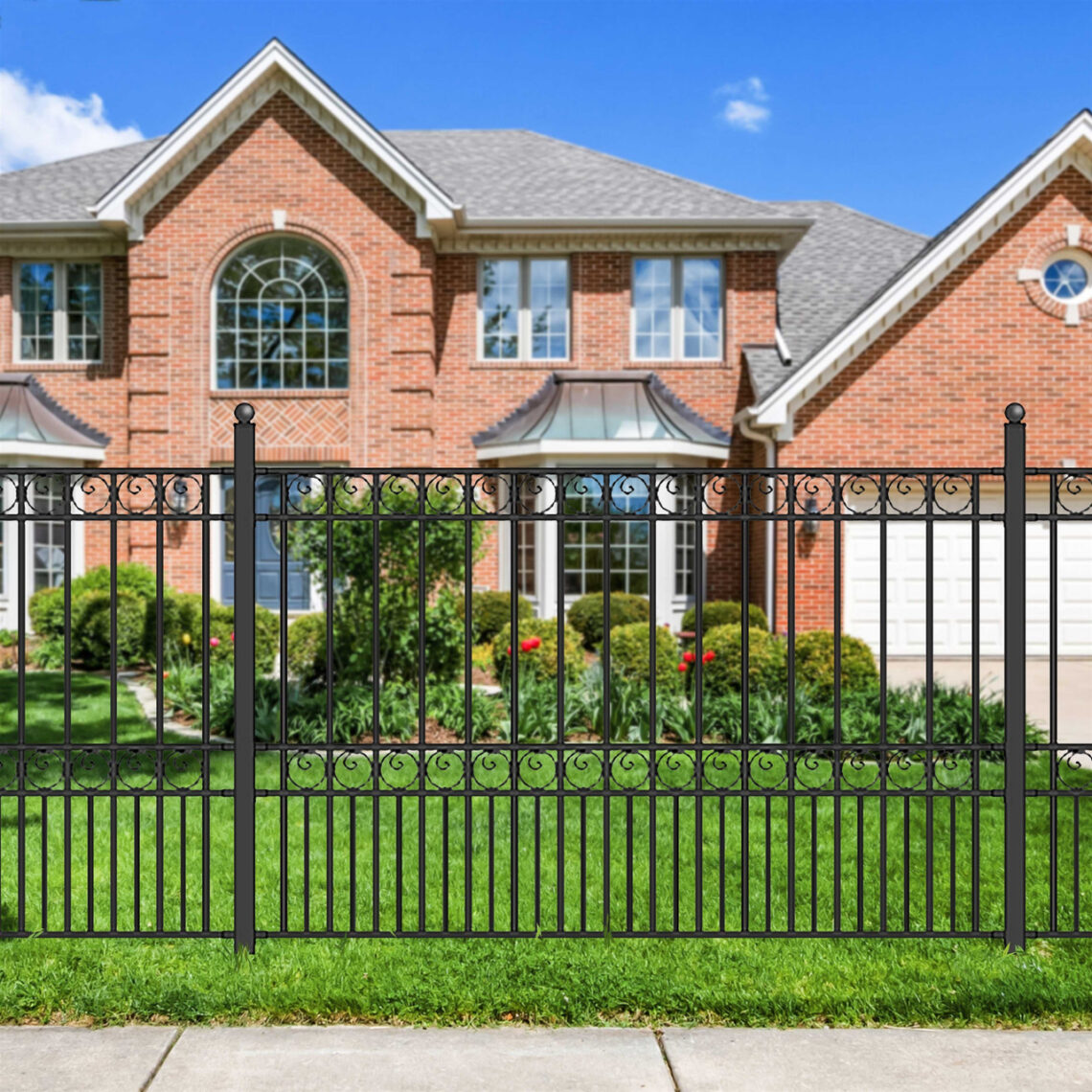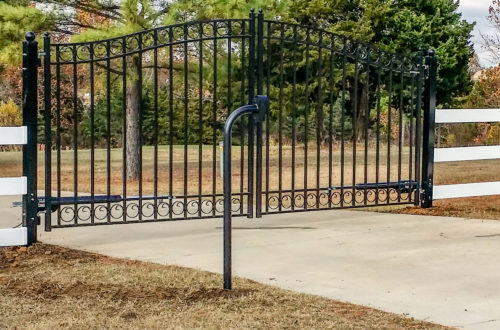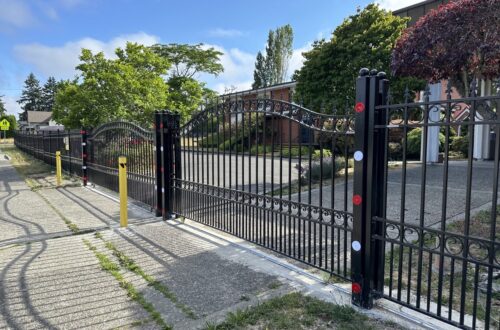When it comes to building or replacing a fence, the choice of fence posts often sparks a lively debate. Should you go for the rugged reliability and modern elegance of steel fence posts, or stick with the timeless charm of wood posts? Like most decisions in life, there’s no one-size-fits-all answer—it all depends on your needs, style preferences, and budget.
In this guide, we’ll weigh the pros and cons of steel and wood fence posts to help you decide which one is the best match for your fence.
Why Your Fence Posts Matter
Posts are the backbone of any fence. Whether you’re building a wooden fence, a chain link fence, or a privacy fence, the posts anchor the entire structure. They support the weight of your fence panels and ensure everything stays upright through wind, rain, and the occasional backyard soccer game. A poorly chosen post material can lead to sagging, rotting, or a full-blown fence collapse—not exactly what you want after investing in a new fence!
Steel Fence Posts: Built to Last
Steel fence posts are the modern powerhouse of fencing materials. Known for their durability and versatility, galvanized steel posts are designed to withstand the elements and provide long-lasting support for whatever type of fence you choose.
The Pros of Steel Fence Posts
- Strength and Durability: Steel fences can handle high winds, heavy loads, and just about anything Mother Nature throws at them. If you’re installing a chain link fence or a security fence, steel is a no-brainer.
- Longevity: Unlike wood posts, which can rot or warp over time, steel doesn’t degrade. Galvanized steel fence posts are coated to resist rust and corrosion, making them ideal for long-term use.
- Low Maintenance: Steel fence posts require minimal upkeep. There’s no need to worry about repainting, staining, or sealing, unlike wooden posts.
- Versatility: Whether you’re working with a metal fence, a horizontal fence, or even wood fencing, steel posts pair well with a variety of styles.
The Cons of Steel Fence Posts
- Cost: Steel fence posts are generally more expensive upfront than wood posts. However, their durability often makes up for the initial investment over time.
- Aesthetic Compatibility: While steel posts are sleek and modern, they might not blend seamlessly with a rustic cedar fence or a charming timber post design.
- Installation Challenges: Planning on installing a steel fence? Steel posts require proper tools and know-how for installation. Concrete footings are often recommended for maximum stability, which can add to the time and effort.
Wood Fence Posts: Timeless and Traditional
There’s something undeniably warm and inviting about wood fence posts. They’ve been a go-to for centuries, lending character to wooden fences and blending beautifully into natural surroundings.
The Pros of Wood Fence Posts
- Classic Appeal: If you’re going for a rustic or traditional look, wooden posts are the way to go. They’re the perfect match for wooden fencing, privacy fences, or a cedar fence.
- Affordability: So, how much do fences cost exactly? Generally, wood fence posts are more budget-friendly than steel. If you’re tackling a large project or working within tight financial constraints, wood might be the better option.
- Ease of Customization: Wood posts can be cut, painted, or stained to suit your style. Whether you’re crafting a fence board masterpiece or matching your timber fence posts to your home’s trim, wood offers plenty of creative freedom.
- Ease of Installation: Compared to steel, wooden fence posts are easier to install, often requiring fewer specialized tools.
The Cons of Wood Fence Posts
- Maintenance Requirements: Wood is more susceptible to rot, pests, and warping. Regular sealing, staining, or painting is necessary to keep wood fence posts in good shape.
- Shorter Lifespan: Even with the best care, pressure-treated wood or cedar posts won’t last as long as steel. In humid or wet climates, this is especially true.
- Structural Weakness: Over time, wood can weaken under the weight of a fence panel, particularly in areas with heavy winds or unstable soil.

How to Choose Between Steel and Wood Fence Posts
So, how do you decide which post material is right for your fence? Consider these key factors:
- Environment
- For wet or humid climates, steel’s resistance to rot and corrosion makes it a smarter choice.
- In drier areas, wood posts may hold up just fine.
- Budget
- If you’re working with a limited budget, wood fence posts might be more cost-effective upfront.
- For a long-term investment, steel pays off in durability and reduced maintenance costs.
- Style Preferences
- Opt for wood posts if you’re building a wooden fence and want a cohesive, natural look.
- Go with steel posts for modern, sleek designs or when pairing with metal fences.
- Project Scope
- For large-scale or high-security fencing projects, steel fence posts offer unmatched strength.
- For smaller, decorative fences, wooden fence posts provide charm and flexibility.
Why ALEKO Is Your Fence Post Partner
At ALEKO, we understand that no two fencing projects are alike. That’s why we offer a wide range of fencing materials, including galvanized steel fence posts, different types of gate openers, privacy fence screens, and accessories to match. Whether you’re building a sturdy chain link fence or a sleek metal fence, we’ve got the perfect solution to suit your needs.
Final Thoughts
When it comes to the steel fence post vs. wood debate, there’s no wrong answer—only what works best for your specific project. Steel posts shine in durability and low maintenance, while wood offers timeless charm and affordability. By weighing the pros and cons and considering your environment, budget, and style, you’ll be well on your way to building a home metal fence that stands the test of time.
Whatever you choose, ALEKO has the quality materials and expert advice to help you get the job done right. To enhance your property’s security, we offer driveway gates and sliding gate opener supplies to complement your fenced-in space. So, what’s it going to be: the steadfast strength of steel or the classic allure of wood? The choice is yours.






